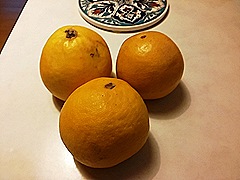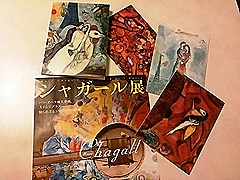“How was the lunch?”
“It was nice.”
“Did you go upstairs?”
“I had lunch on the first floor. I didn’t know there’s another cafeteria on the second floor.”
“There’s a café named Saru-Café on the second floor.”
“Oh, really? Okay, I’ll try the café next time!”
When a friend of mine and I walked by the information booth of Aichi Gakuin University’s Meijo Koen Campus, a guard came and talked to us. Actually, we had talked before going to the school cafeteria. 
I took a Chinese exercise class near Meijo (-Koen) Park last Thursday. After the class, the friend and I went to Aichi Gakuin University’s Meijo Koen Campus nearby. When we were looking at the map on the wall of the information booth, the guard came to tell us how to get to the cafeteria.
The cafeteria had two types of lunch special: Today’s Lunch and Today’s Domburi. Domburi means a bowl or a bowl of rice with other food on top. My friend decided to have Today’s Lunch, and I, Today’s Domburi.
I was overwhelmed by the appearance of Today’s Domburi: “Kinshachi Plate.” It was a baguette sandwich with two fried prawns dressed with tartar sauce on top of a rice omelet with demiglace sauce. 
This dish was a represenation of Nagoya Castle. Kinshachi means golden shachi(-hoko). Shachihoko is a fish-shaped ornament decorating the top of the roof and a kind of charm against fire. Nagoya is famous for the castle and the roof ornament. That is, the rice omelet represents the building of the castle, and the bread the roof, the fried prawns, Kinshachi. Funny!
It was a little difficult to eat, but the Kinshachi Plate was very nice. The lunch was only 500 yen with a cup of soup and a salad. Today’s Lunch had soup and cost 450 yen. 
The Meijo Koen Campus of Aichi Gakuin University just opened this April. The public can use its cafeteria except from 12:00 to 1:00 p.m. According to the guard, there is a café upstairs. How about dropping by the cafeteria when you come to or near Meijo (-Koen) Park or Nagoya Castle? It is a few-minute-walk from the exit 2 of Meijokoen Subway Station.



















